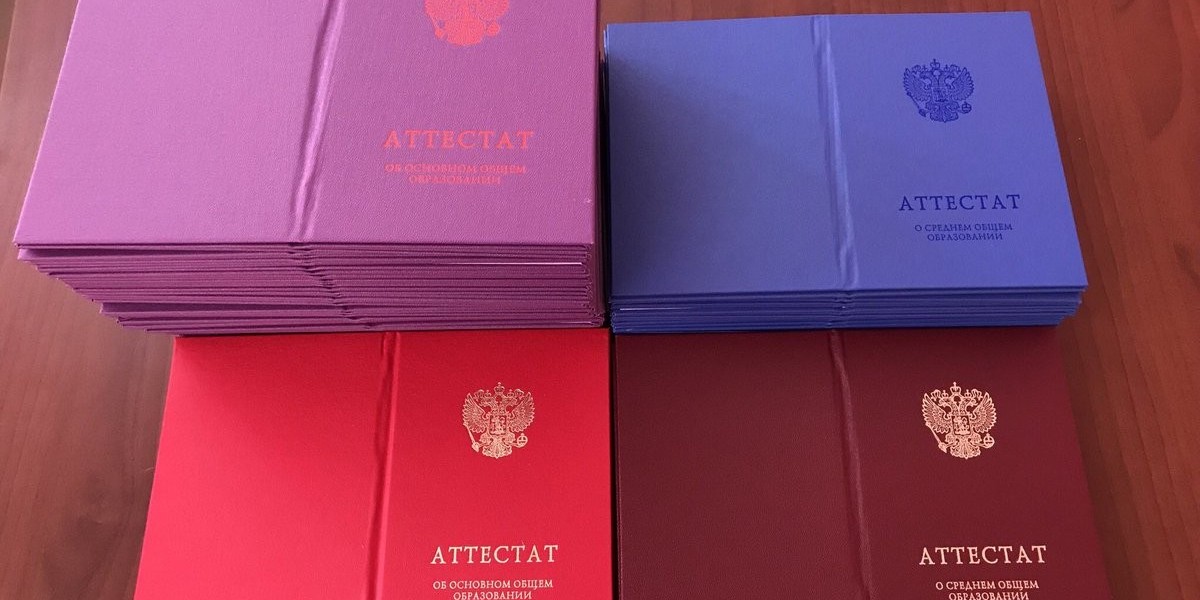In recent years, hand-carved tile art has been experiencing a notable resurgence in modern interior design. Once seen primarily in historical or traditional settings, these tiles are now being embraced as versatile elements that bring texture, character, and a sense of artistry to contemporary spaces. This analysis delves into the factors contributing to the revival of hand-carved tile art, its applications in modern interiors, and how it compares to other design trends in terms of sustainability, functionality, and aesthetic appeal.
The Evolution of Hand-Carved Tile Art
Hand-carved tiles have a rich history, rooted in various cultures across the globe. From intricate Moroccan zellige to Indian jaali patterns, these tiles have long been used to adorn palaces, temples, and homes. Their artisanal craftsmanship makes them timeless pieces that transcend fleeting design trends.
However, with the advent of mass production in the 20th century, the demand for hand-carved tiles declined significantly. Machine-made alternatives, being cost-effective and readily available, overshadowed traditional methods. Despite this, a growing appreciation for craftsmanship and individuality has reignited interest in hand-carved tile art in recent years. Tile manufacturers in South India, for instance, are combining age-old techniques with modern sensibilities to cater to this renewed demand.
Why Are Hand-Carved Tiles Making a Comeback?
Several factors have contributed to the resurgence of hand-carved tile art in modern interiors:
- Emphasis on Sustainability: Hand-carved tiles align with the increasing focus on sustainable and eco-friendly materials. Since they are often made from natural resources such as clay or stone and produced through traditional methods, they have a lower environmental impact compared to synthetic or heavily processed tiles. Furthermore, the durability of these tiles ensures their longevity, making them an eco-conscious choice for homeowners and designers alike.
- Desire for Uniqueness: In an age of mass production, consumers and designers are drawn to bespoke elements that add personality and uniqueness to a space. Hand-carved tiles, with their subtle imperfections and intricate patterns, offer a level of individuality that factory-made tiles simply cannot match. Each piece tells a story of craftsmanship and tradition, which resonates with modern sensibilities.
- Versatility in Design: While traditionally associated with ornate and classic aesthetics, hand-carved tiles have proven to be incredibly adaptable. Designers are incorporating them into minimalist, industrial, and even futuristic spaces, showcasing their ability to transcend stylistic boundaries. The interplay of texture and pattern offered by these tiles adds depth and interest to otherwise plain surfaces.
- Cultural Revival: The revival of hand-carved tile art is also linked to a broader appreciation for cultural heritage. For example, the intricate motifs of Indian tile carving in interior design are finding their way into global markets, celebrated for their artistry and historical significance. This cultural connection enriches interiors with a sense of global craftsmanship.
Applications of Hand-Carved Tiles in Modern Interiors
Hand-carved tiles are being used in innovative ways across various spaces. Here are some of their most popular applications:
- Feature Walls: One of the most striking uses of hand-carved tiles is as a feature wall. Whether in a living room, bedroom, or foyer, a wall adorned with these tiles creates a focal point that draws attention and adds character to the space.
- Kitchen Backsplashes: Hand-carved tiles bring an artisanal touch to kitchen backsplashes, combining functionality with aesthetics. They are not only visually appealing but also easy to clean and maintain, making them a practical choice for busy households.
- Bathroom Accents: From shower walls to vanity backsplashes, hand-carved tiles add a touch of luxury and sophistication to bathrooms. Their textured surfaces can also enhance the spa-like ambiance that many homeowners seek.
- Flooring: Though less common than their use on walls, hand-carved tiles can be employed as flooring to create a unique and tactile experience. When used in small areas such as entryways or patios, they make a bold design statement.
- Outdoor Spaces: Durable and weather-resistant, hand-carved tiles are an excellent choice for outdoor applications such as garden paths, pool surrounds, and exterior walls. Their natural materials blend seamlessly with outdoor environments.
Comparing Hand-Carved Tiles to Other Trends
The resurgence of hand-carved tiles must be viewed in the context of broader design trends. How do they compare to other popular materials such as porcelain, terrazzo, or concrete tiles?
- Aesthetic Appeal: While machine-made tiles can mimic the look of hand-carved designs, they often lack the depth and authenticity of genuine craftsmanship. Hand-carved tiles stand out for their ability to convey a sense of history and individuality.
- Cost: Hand-carved tiles are typically more expensive due to the labor-intensive process involved in their creation. However, their unique charm and longevity can justify the investment for those prioritizing quality over cost.
- Sustainability: Unlike synthetic options, hand-carved tiles often rely on locally sourced, natural materials, making them a more eco-friendly choice.
The No.1 tile company in bespoke designs, for instance, highlights the growing consumer preference for artisanal and eco-conscious products over generic alternatives.
Challenges and Considerations
Despite their appeal, there are certain challenges associated with hand-carved tiles that homeowners and designers must consider:
- Cost and Availability: As mentioned earlier, hand-carved tiles are more expensive than mass-produced options. Additionally, finding skilled artisans or authentic sources can be challenging, especially in regions where the craft is not prevalent.
- Maintenance: While durable, hand-carved tiles may require specialized care to preserve their intricate details over time. Proper sealing and occasional cleaning with non-abrasive products are essential to maintain their appearance.
- Installation Complexity: The installation of hand-carved tiles demands precision and expertise. Unlike uniform machine-made tiles, these pieces may vary slightly in size and shape, requiring skilled installers to achieve a seamless finish.
The Future of Hand-Carved Tile Art
As the design world continues to balance innovation with tradition, the revival of hand-carved tile art appears to be more than a fleeting trend. Advances in technology are enabling artisans to experiment with new techniques and materials, further broadening the appeal of these tiles. For instance, some designers are integrating LED lighting into carved patterns, creating dynamic and interactive surfaces.
Moreover, as consumers grow increasingly conscious of sustainability and cultural heritage, the demand for hand-carved tiles is likely to rise. Tile carving in interior design exemplifies the fusion of art and functionality, making it a timeless choice for those seeking to create spaces that are both beautiful and meaningful.
Conclusion
The comeback of hand-carved tile art in modern interiors is a testament to the enduring allure of craftsmanship and artistry. By blending tradition with contemporary design sensibilities, these tiles offer a unique way to elevate any space. Whether used sparingly as accents or boldly as focal points, hand-carved tiles bring a sense of texture, depth, and individuality that resonates with today’s aesthetic and environmental values. As more designers and homeowners embrace this timeless art form, its presence in modern interiors is poised to grow, redefining how we perceive and utilize decorative elements in our living spaces.






